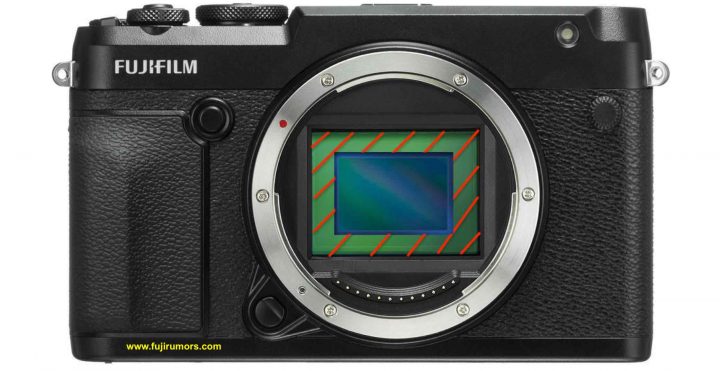A Midsummer Night’s Dream: Should Fujifilm put a Full Frame Sensor in the GFX G-Mount?

Full Frame Fujifilm?
There are many ways to define what I am going to write about today: a wish, a dream, an idea… or just simply delirium!
A delirium, that was born during a very hot and sleepless summer night, as if somebody would have filled my room with overheating Canon EOS R5 cameras.
So I did pass the extra time my insomnia decided to donate me by thinking at the most fun thing I can think of: gear! ;)
And especially one thought was tormenting me: full frame!
Why?
Well, because, despite Fujifilm being used by tons of professional photographers, despite winning the most prestigious awards and hence despite being proven by reality that you can get any job done perfectly with Fujifilm cameras, I did stumble on yet another influencer’s youtube video, who repeated the usual marketing phrase, that only full frame is really for professional use.
Now, if you take all images that influencer ever shot in his life, he would not reach 1/10th of the beauty of one single Fujifilm image that won the World Press Photo award, but you know, these days having tons of followers makes you more credible in the eyes of people than actually having no followers, but a stunning portfolio and a list of prestigious photography awards.
Hence, despite me being one of those guys, who couldn’t care less about Fujifilm going full frame, I did catch myself thinking at Fujifilm and full frame in my hot sleeping room.
The question: how could Fujifilm go full frame?
X Mount Full Frame
We know that some Fujinon XF lenses cover the full frame sensor, as we have seen here.
But putting a bigger sensor in a smaller mount brings some challenges.
As Sigma officially said about Sony E mount here, it is a challenge to design high quality full frame lenses for the Sony E-mount, and Zeiss said that it is “technically challenging to design ultra wide-angle lenses” for Sony E mount.
This has to do with the value angle of a mount. Fujifilm explained what it is here.
Also, IBIS can’t work very well in a mount that small. Sony has arguably the worst IBIS in the industry. As a workaround-attempt to this issue, the brand new Sony A7sIII offers a cropped IBIS mode, where the camera reads out only a cropped part of the full frame sensor when using mechanical IBIS (not to mistake with digital stabilization).
Knowing how obsessed Fujifilm is with image quality and wants its features to actually work well in their cameras, I doubt that option ever crossed Fujifilm’s mind.
G mount Full Frame
With a dual APS-C/FF mount option out of the way, I wondered: what if Fujifilm would use a full frame sensor in their medium format G mount?
Sure, the full frame sensor is 70% smaller than the Fujifilm GFX large format, and if you look at the image above, it seems like a waste of space to put a small full frame sensor into that big mount.
But if Fujifilm wants to offer a “dual mount” option, like the Nikon Z mount (APS-C and FF) and Sony E mount (APS-C and FF), then I believe the only possible option for Fujifilm would be to offer a dual G mount (FF and MF).
Let’s think at some of the advantages Fujifilm would have by using FF in G mount:
- all current G mount lenses would still work perfectly on the full frame GFX version
- Fujifilm could develop also dedicated FF lenses that are smaller than G mount lenses
- it would be a cheaper entry level option to buy into the GFX system
- people could later on step up to the 70% larger medium format sensor
These are the main reasons. All the rest (faster sensor readout on FF etc) are relative, as we know the next big thing will be the global shutter, which will make lots of discussions we have today useless.
Why?
As I wrote in this article, the Fujifilm GFX system will be the one system, that will profit most from the arrival of the global shutter. It will see the biggest size and weight reduction compared to other formats, it will see the biggest speed jump compared to other systems and more (I discussed it all here) and more.
What will remain, though, is the price difference: the bigger the sensor, the more expensive the cameras (unless you make lots of compromises, as full frame is doing to try to get down to high end APS-C camera pricing, as we have shown here).
So what about this: a full frame GFX, cheaper, with a few smaller lenses. And with the option, one day, for customers, to upgrade to a 70% larger sensor if they want or need to. Would that be something?
Ok, my delirium ends here… now you can start to delirate in the comments and also vote the survey down below ;)

